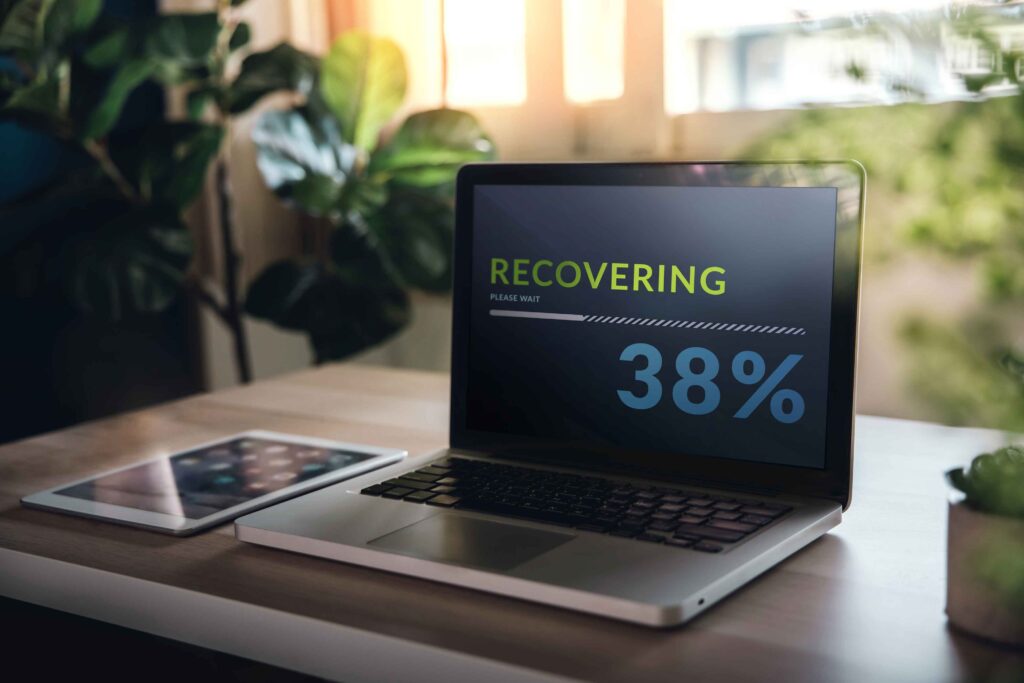
How to keep your business running with a business continuity plan.
We have all had our share of change in recent months. Business owners, directors, and managers have had to navigate changing work locations, shutdowns, ebb, and flow of work from home, return to the workplace, and back again. Restaurant owners have had to pivot to curbside pick up, deliveries only, back to in-dining service, and then back to just deliveries. Manufacturers and logistic managers have had to understand and implement changes to physical distancing, new or increased use of personal protective equipment, outbreaks, and even shutdowns – while maintaining production. Operators of service companies have had their supply chains interrupted, scrambling to obtain parts, equipment, and concerned clients likely looking at other options. Typical office workers have had to move to remote work, transition back, and return to work from home at a moment’s notice. As you’ve watched your business make hard stops, pivots, and adjust, you’ve still had to do business. Sales still need to be made, processes must be followed, product or service delivered, billing completed, and vendors paid. When it’s business as usual and things are “humming,” you focus on the day-to-day how to make improvements and increase efficiencies, boost morale. When a crisis occurs, the question becomes, “How do we continue just doing business?” How do we have continuity through an emergency, or in other words, what is our business continuity plan?
When a crisis hits, like a pandemic but not just limited to it, if you’re like most, what next is often ad hoc. Meaning on day zero, you are rushing to keep things moving. Meeting to talk about moving people to work remote, asking questions about if anyone needs to stay. Reviewing schedules and deliveries and trying to adjust to immediate staffing changes. What can happen is an in drop production, missed deadlines, risked business, and possible loss of staff.
What is a business continuity plan?
Simplified, a business continuity plan (BCP) systemizes core business processes like accounting, shipping, sales and identifies what technology they use. Next, a BCP looks at what would happen in a catastrophe; it reviews what redundancies are available. It identifies the key people who will communicate with staff and what contingencies need to be built to continue business through a disaster. A disaster recovery plan (DRP) is often a part of a business continuity plan. A disaster recovery plan identifies what needs to occur to failover and failback during and after a disaster. Important metrics to understand are how long the various systems, applications, and hardware can be unavailable before a significant impact to the business occurs – this is otherwise known as your Recovery Time Objective. Also important to know how much data your company can lose during a disaster before a significant impact, otherwise known as Recovery Point Objective. Understanding these metrics and then identifying what gap exists with the current setup of systems, applications and processes will inform what needs to be done to mitigate these gaps. This is where the role of technology plays in business continuity. Typically, your technology, applications, hardware, IT network, and backup strategy that determines your RTO’s (Recovery Time Objective) and RPO’s (Recovery Point Objective) and changes that reduce the gap often involve changes to your technology and its use. The same for the core of the BCP. What needs to be in place to continue doing business is redundant or backup technology, mobile technology, and secure technology. All this becomes identified and informed as you move through a business continuity plan.
Understanding the value of a business continuity plan.
Any action in business should be justified by value. A business continuity plan doesn’t eliminate risk when a crisis or disaster hits but mitigates it. It helps to reduce downtime and keeps your business running. When trying to calculate the ROI of a BCP, it can be challenging, but it really comes down to knowing what impact downtime has on your business. Calculating downtime often looks at your average salary, number of employees – calculating an average $/hour. Also, to consider is your annual income and understanding what impact not being able to do business for a given period would have on it. Going through the process of a BCP is really the exercise of identifying these variables and having them inform possible decisions to implement technology to mitigate the risk they can represent. Without a BCP, truly understanding the risk to your business through a crisis is nearly impossible.
At solut, you can work with vCIOs to build a business continuity plan to address the risk in your business in the event of a disaster or crisis.
